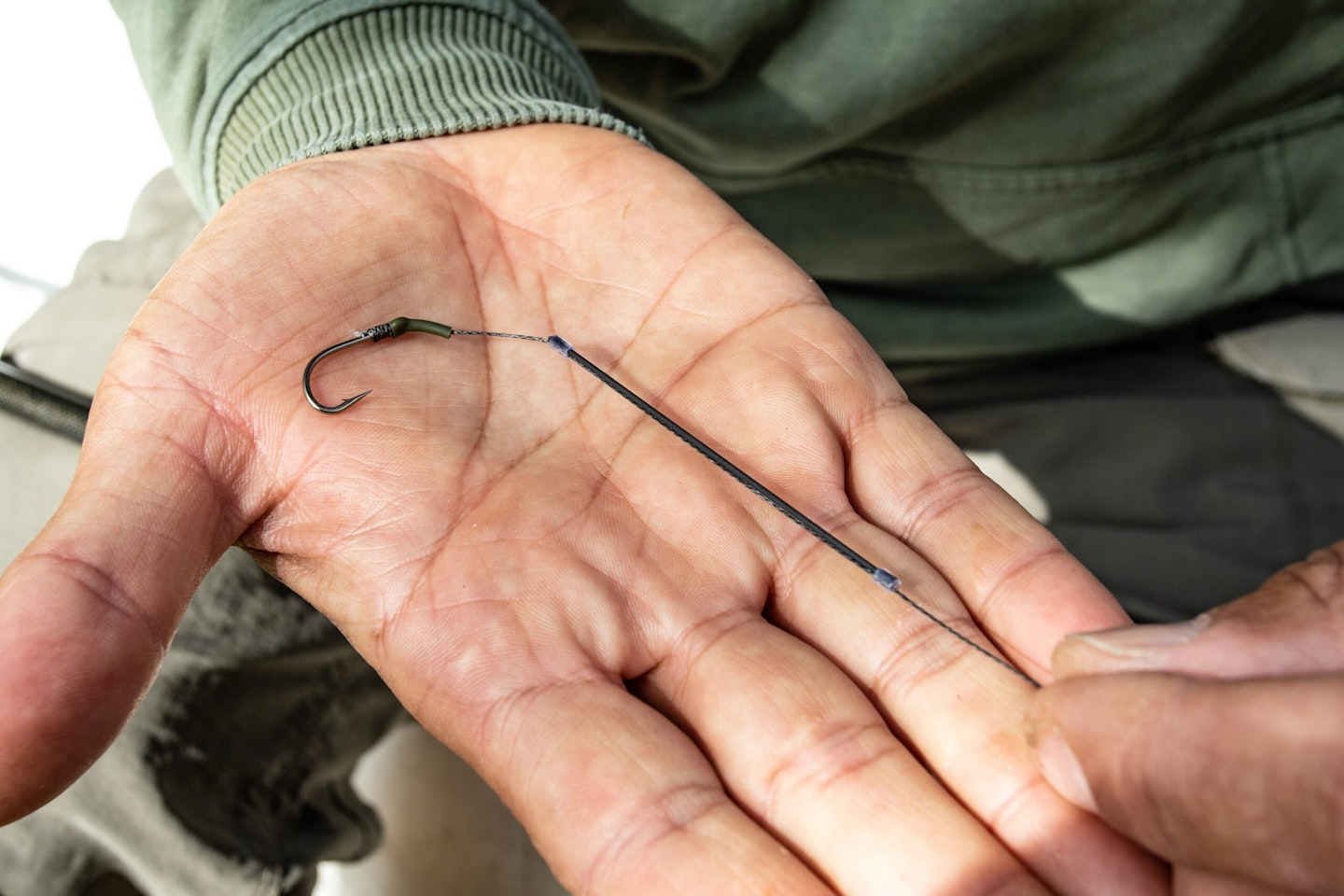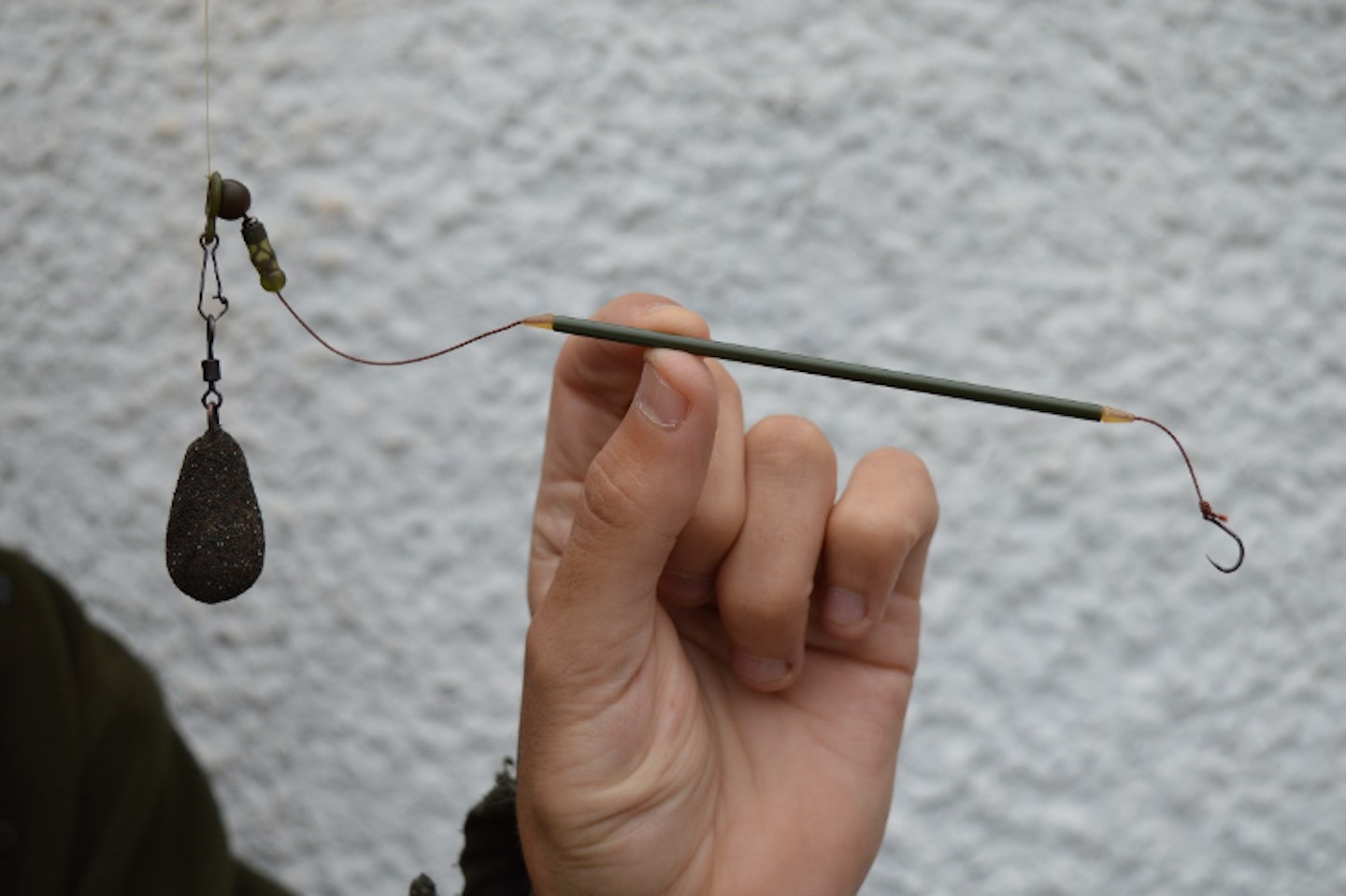Although once prolific, eel numbers have been steadily declining due to various factors, and a big eel is now one of the rarer fish you can target in the UK. However hard the target, it isn't impossible and if you dedicate some time you, have the chance of catching one of these illusive specimens.
Eels have a tendency to swallow anglers’ baits, and it’s because of this that the 'Twig Rig' was born. The rig features a length of solid plastic tubing to help prevent eels from taking the bait too far down, resulting in more lip-hooked fish. If you're targeting eels, especially as a novice, we highly recommend giving this rig a try to help ensure these magnificent fish are returned unharmed.
EELS CAN BE NOCTURNAL FEEDERS, HERE IS EVERYTHING YOU NEED FOR A SUCCESSFUL NIGHT FISHING SESSION.

While it may look quite mechanical, the rig is very easy to tie. We recommend using a strong coated braid or monofilament (15–20lb), though you can use a soft braid if you prefer, just be aware that it tends to tangle more easily.
Depending on your preference, you can thread a float stop onto the hooklink, followed by the tubing, and then add another float stop to trap it in place. Alternatively, you can use two pieces of float silicone on the hooklink to secure the plastic tubing if it isn't hollow, much like attaching a stick float. Both methods work equally well and allow you to adjust the 'twig' up or down to suit the bait and how the eels are feeding.
The length of the hooklink will depend on the type of lakebed you're fishing over, just as it would in any other style of angling. In most situations, a hooklink between 13–17 cm is generally sufficient, leaving a gap of around 2cm between the hook and the start of the twig. For hooks, opt for a size 6-10. A barbless is always wise but barbed are fine too, depending on venue rules.
And that’s the rig tied, it couldn’t be simpler. One other important note, the lead arrangement must be free-running, as eels are very sensitive to resistance and will often drop a bait if it feels unnatural. Usually, a larger lead or feeder of 3-5oz fished directly on the mainline or in a paternoster style is most effective, attached to a large running ring where possible to help reduce friction.
THE BEST BITE ALARMS WILL ALERT YOU AS SOON AS THE EEL PICKS UP YOUR BAIT...

